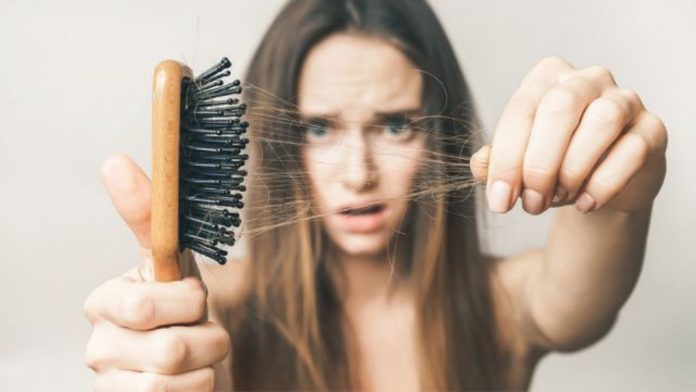Hair loss is a condition that affects many people, both men and women, young and old, and may be especially upsetting in a world where appearance frequently has a major impact on our confidence and self-esteem. Furthermore, the word “alopecia” can be divided into two parts: “Alo,” which means “hair,” and “Pecia,” which means “to fall.” However, the phrase is currently used to refer to hair loss, thinning, or baldness in general.
Alopecia can affect people of all ages, from early childhood to old age, and has numerous causes. Alopecia are often divided into two categories: those that leave scars when the inflammation damages the entire skin and those that do not, indicating a high probability of recovery. First, nutritional factors, specifically telogen effluvium and malnutrition postpartum, are the most frequent causes of non-scarring alopecia. One of the most frequent causes of it could be post-viral fever, such as that which follows a case of dengue, malaria, or Covid. Second, hair loss may result from iron deficient anemia. Another illness known as alopecia areata is an autoimmune disorder that causes patches of hair loss. Therefore, one can recover from all of these illnesses and they are all treatable.
Three common causes of hair loss are:
1. Nutritional factors: Hormone, thyroid, and key vitamin imbalances can all lead to hair loss. It’s critical to guarantee a balanced diet and take care of any nutritional deficits.
2. Lifestyle decisions: Harsh beautification procedures like rebonding, straightening, and coloring are popular in cities like Delhi. These procedures frequently employ chemicals that might harm hair and make hair loss worse.
3. Stress and hormonal changes: Hair loss can be brought on by stress, significant life events, and hormonal imbalances such PCOD. Preventing more hair loss requires taking important actions including managing stress and consulting a doctor.

 English
English






